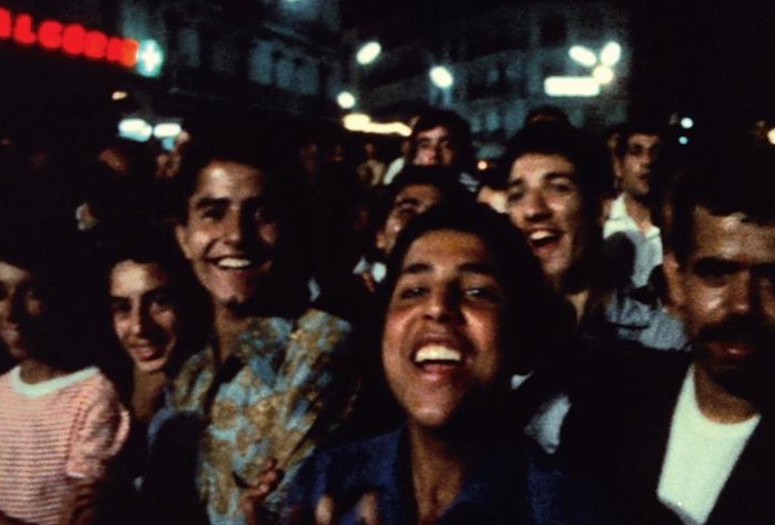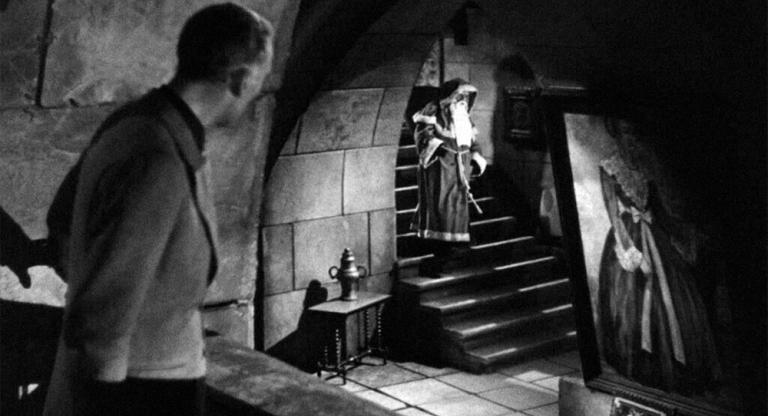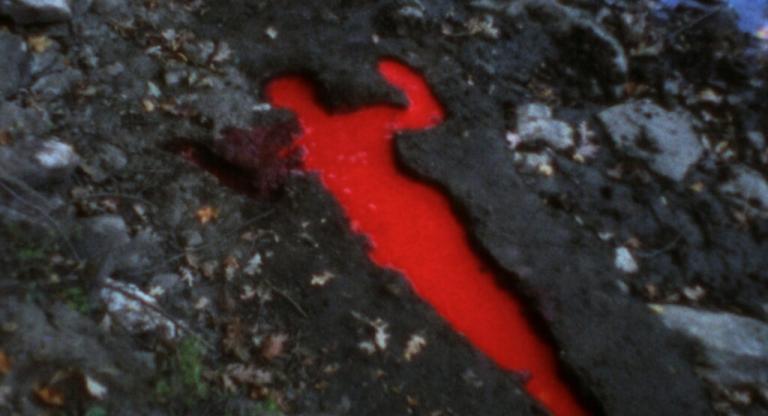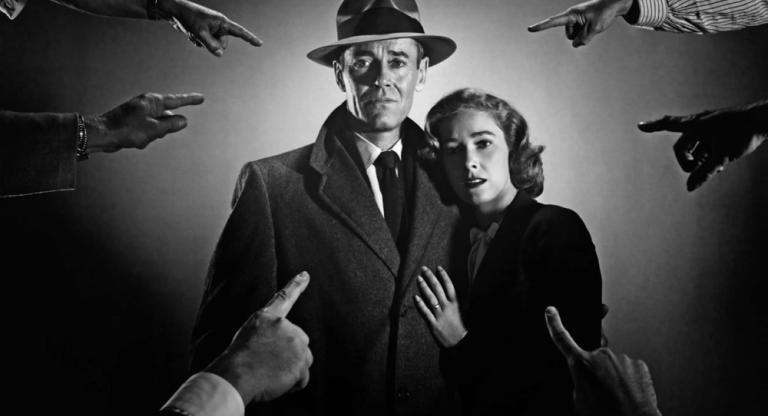After working as an assistant director on The Battle of Algiers (1966), Sarah Maldoror remained in the country to film First PanAfrican Cultural Festival (1969) with William Klein, Mohamed Bouramari, and Rabah Laradji. The polyrhythmic documentary commissioned by the Algerian government centers around a 12-day gathering of revolutionary Black writers, musicians, artists, and activists from around the world. Maldoror, for her part, was entrusted with filming the improvisational performance by jazz saxophonist Archie Schepp, trombonist Grachan Moncur III, and the southern Algerian Tuaregs. The film shares similar stylistic strategies to those employed by Maldoror and her collaborators in their previous work: quick editing, Frantz Fanon citations that take up the entire screen, reappropriated racist cartoons, cutaways to militant posters, and the inclusion of numerous anti-colonial speeches that are heard throughout the film. In First PanAfrican Cultural Festival, Klein and Maldoror, alongside their collaborators, bring together disparate voices from global liberation movements across Africa, celebrating the unifying spirit of the Negritude movement, which sought to uphold African identities across the globe.
The festival at the center of the film took place in both national theaters halls and the streets of Algiers. The directors show us the festival’s liveliness through the diversity of its performances and the performers' own interactions with attendees. A series of interviews and speeches from attendees complement the filmmakers’ expansive portrait of the festival. But, they also include protest footage from South Africa and snapshots of guerillas training in Guinea and Cape Verde, reflecting a weighted joy aimed at liberations to come. Drums from folk troupes, alongside vocals from artists like Nina Simone and Miriam Makeba, set the tempo for the film. What Klein, Maldoror, and their collaborators achieve is a polyphonous montage that reflects the struggle and spirit of the disparate groups in attendance at the festival. But, at a certain point, the repetition of certain sights and sounds, as well as Klein’s somewhat expected camerawork, produces a redundancy in the film’s rhythm, all of which is exacerbated by constant cutaways to phallic imagery of guns. Maldoror’s warm coverage and close-ups of the South African singer, actress, and activist Miriam Makeba offer a respite from said montage. Her footage of a tightly-knit circle of friends seen in the glinting afternoon light of a living room evokes a powerful tenderness. Here, Maldoror shifts the focus from the staged performances and lofty speeches that prevail in the festival to matters that would often be considered secondary to a call to arms. She finds vulnerability in her subjects’ simple acts: the passing of a guitar among a group of friends and the bubbling laughter that accompanies their unguarded hang-out.
First PanAfrican Film Festival resurfaces from years of relative dormancy thanks to Maldoror’s daughter, Annouchka de Andrade, who co-curated the ongoing retrospective at MoMA. In a conversation we shared over the phone, Josh Siegel, film curator at MoMA, noted that Klein was difficult to work with on this particular project. When he asked for full control of the film in pre-production, Algeria’s minister agreed, hoping that Klein’s cachet would help the film gain circulation in the West. As a result, many people who worked on the film weren’t properly credited. “It is not a question of the Algerians who played the apprentice but a matter of principle,” said Ousmane Sembène, who was in attendance at the festival. “It is a festival of African culture, and it is Africans who have the right to film the festival.”
First PanAfrican Cultural Festival screens this evening, May 10, and May 13, at the Museum of Modern Art as part of the series “Sarah Maldoror.”
Correction: This article previously mis-credited Annouchka de Andrade with restoring First PanAfrican Film Festival.



